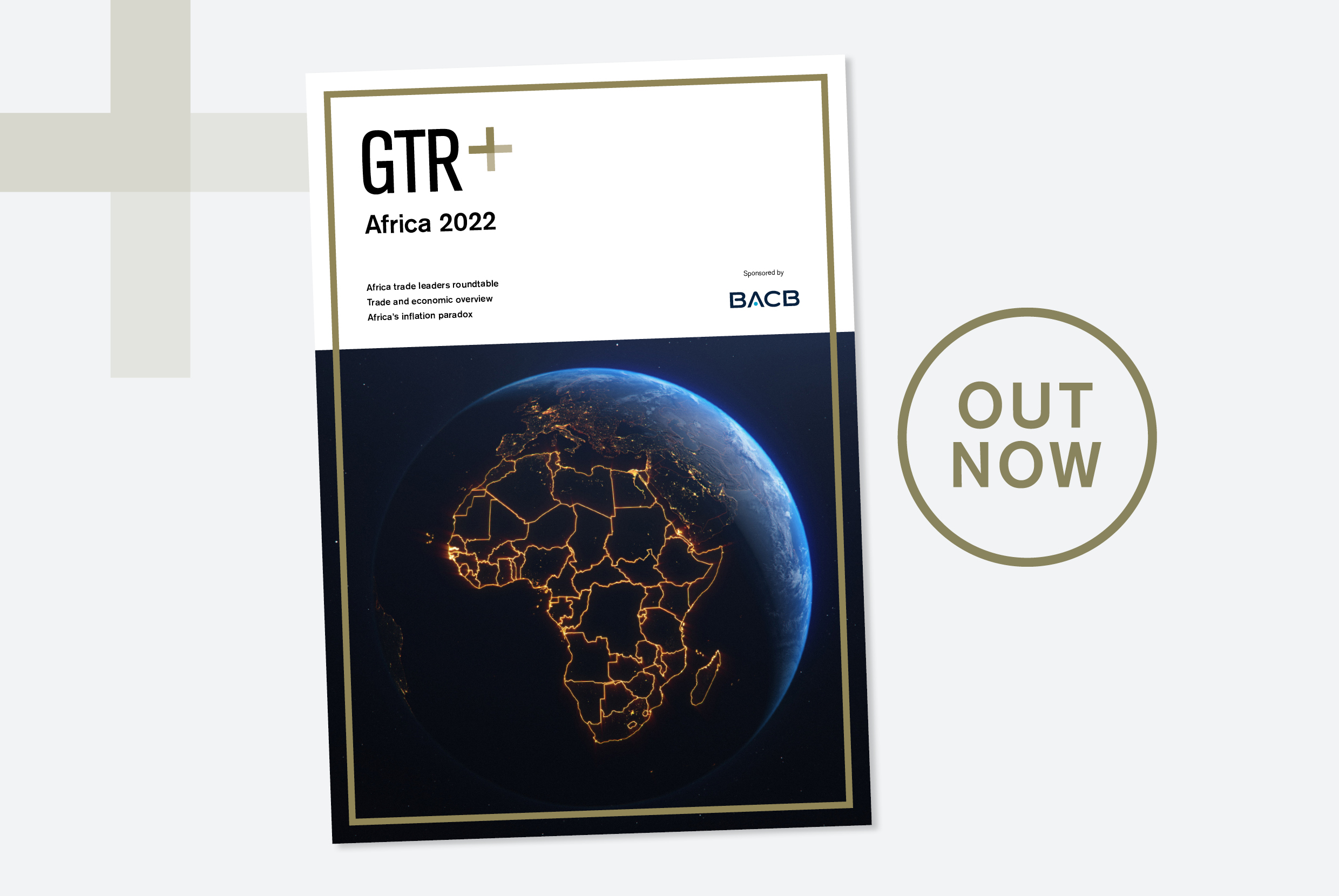The release of our annual edition of GTR+ Africa comes as the continent faces the triple threat of the Russia-Ukraine war, the protracted Covid-19 pandemic and climate vulnerabilities. This year’s publication delves into the socioeconomic and geopolitical challenges that have arisen as a result.
According to the African Development Bank (AfDB), the continent risks sliding into stagflation – a prolonged period of slow growth and high inflation. Given the severe impact of the Ukraine crisis on Africa’s economy and disruption to the agricultural, fertiliser and energy sectors in particular, real GDP growth is expected to slow to 4.1% in 2022 from nearly 7% last year. If the conflict persists, the AfDB expects growth to stagnate further at 4% in 2023. It warns the impact will be asymmetrical, with potential upsides for net oil and other commodity-exporting countries offset by high costs and economic fragility among their net-importing peers.
“Vulnerable populations, especially in urban areas, will bear the greatest burden of rising food and energy prices, and in the absence of measures to cushion the impact, this could stoke social tension across the continent,” the AfDB’s African Economic Outlook 2022 report reads.
It calls on African countries to diversify their import and export strategies for crucial goods and commodities so as not to be dependent on any single supplier or bound too closely to raw commodity prices, and to build resilience to future shocks. Longer-term policy responses should include boosting intra-African trade, the bank says.
The African Continental Free Trade Area (AfCFTA) has been heralded an important enabler of trade diversification for the continent, with one of our Africa trade leaders in this issue’s roundtable discussion declaring it the “biggest focal point for the year”.
Trading under the agreement was set to begin in January 2021. Although preparations have intensified, no trade has yet taken place under the new regime as a result of delays in negotiations on tariff reductions, rules of origin and trade in services – a complicated exercise.
As government agency parties thrash out the details of tariff schedules and phase-down periods and agree which goods will be excluded from liberalisation, progress on the deal continues to be made elsewhere.
In July, the free trade area’s secretariat launched the AfCFTA Hub, a platform to link together governments and private sector partners to help African SMEs and startups navigate the technical intricacies and infrastructural challenges of doing business in the single market. Several countries are reported to be in advanced stages of platform adoption. Elsewhere, the United Nations Economic Commission for Africa has created the AfCFTA Country Business Index, a tool to identify bottlenecks in intra-continental trade at a country level.
Given the complexities of trade in, and with, the African continent, as detailed in the pages of this publication, the development of a 1.4 billion-person inclusive, innovative and integrated free trade area has the potential to be a game-changer – especially at a time of global retreat from trade integration.
The world awaits the implementation of this ambitious deal.







